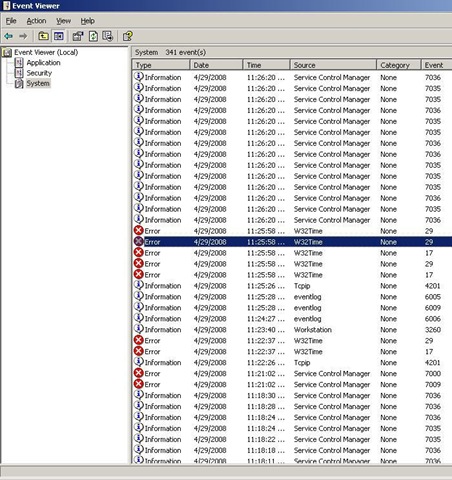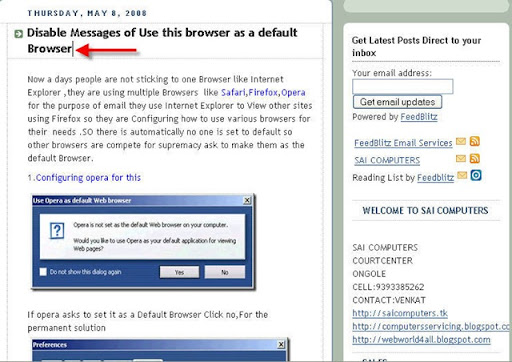


On the Confirmation page, review the backup settings, and then click Backup. Alternatively, choose Inherit if you want the backup to be accessible by everyone who has access to the remote folder. Provide a username and password for an account that has write permissions on the computer hosting the remote folder, and then click OK.

Choose Do not inherit if you want the backup to be accessible only through a specific account. Specify a UNC path for the backup files, configure access control settings. If you choose Remote shared folder, the Specify remote folder page appears. Select an option from the Backup destination dropdown, and then click Next. If you choose Local drives, the Select Backup Destination page appears. On the Specify Destination Type page, select the location where you want to store the backup, and then click Next. On the VSS Settings tab, select VSS full Backup, and then click OK, and then click Next. As a result, before copying files from the snapshot to backup media, the consistency of the backup is known, and the user is notified of the consistency check results.īy default, volumes that contain operating system components or applications are included in the backup and can't be excluded. Windows Server Backup runs the consistency check on the snapshot taken for the backup.

If the consistency check fails, the Exchange data isn't available for recovery. If the consistency check succeeds, Exchange data is available for recovery from that backup. The Windows Server Backup feature must be installed on the local computer.ĭuring the backup operation, a consistency check of the Exchange data files is run to make sure that the files are in a good state and can be used for recovery. To see what permissions you need, see the "Mailbox recovery" entry in the Recipients Permissions topic. You need to be assigned permissions before you can perform this procedure or procedures. What do you need to know before you begin?Įstimated time to complete: 1 minute, plus the time it takes to back up the data Exchange includes a plug-in for Windows Server Backup that allows you to make Volume Shadow Copy Service (VSS)-based backups of Exchange data. You can use Windows Server Backup to back up and restore Exchange databases.


 0 kommentar(er)
0 kommentar(er)
